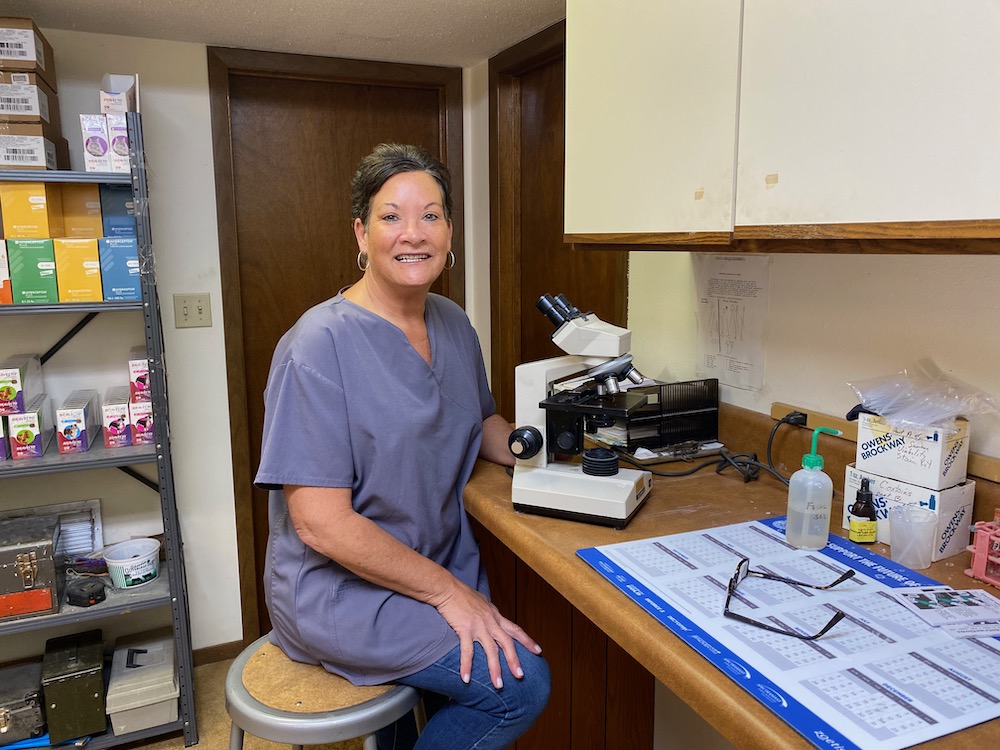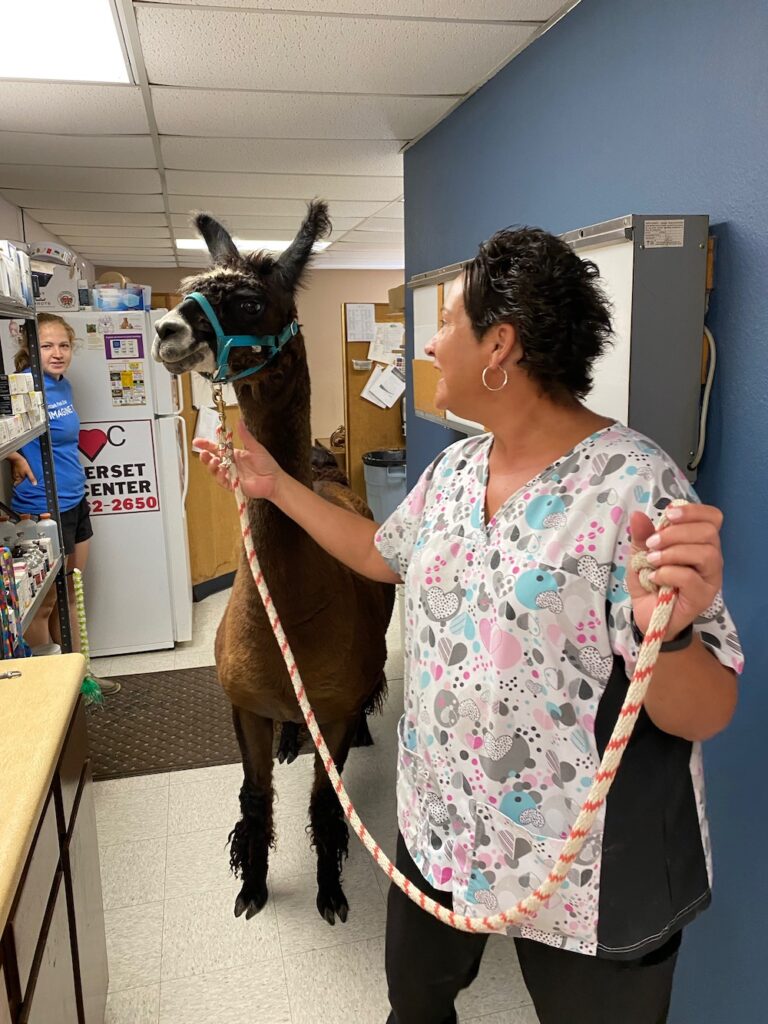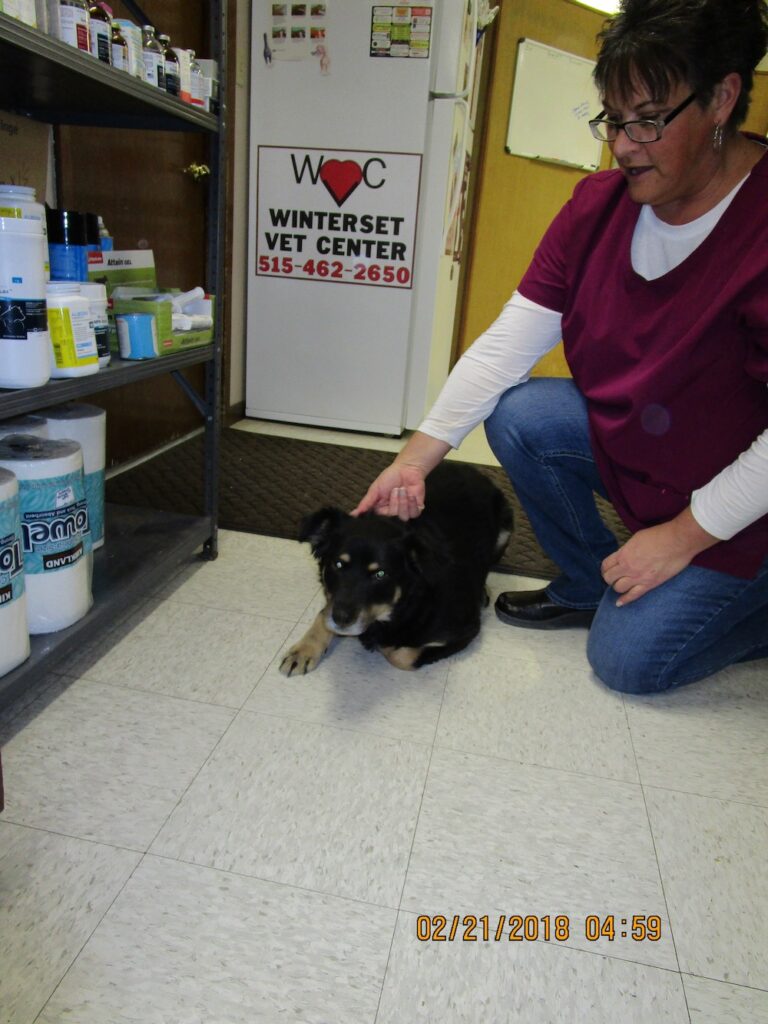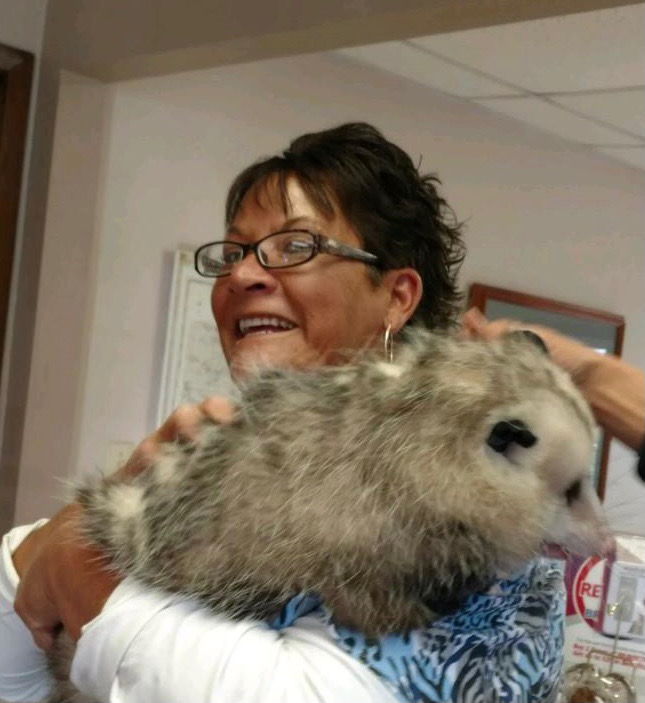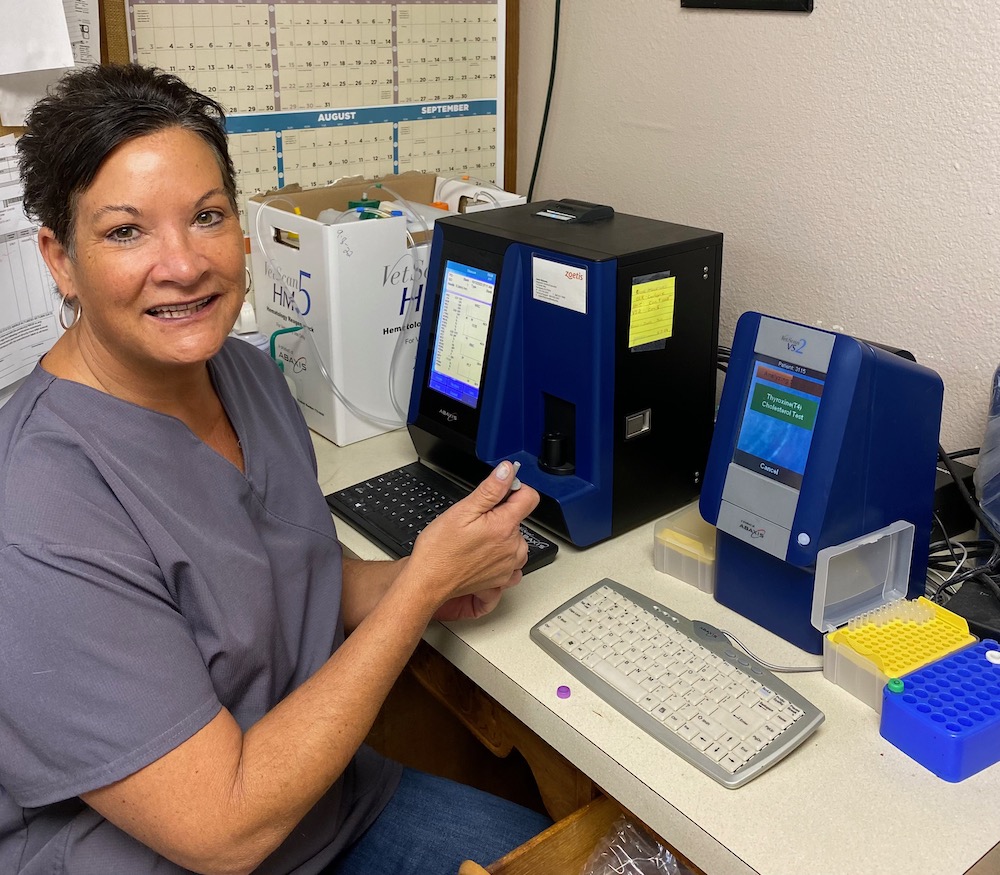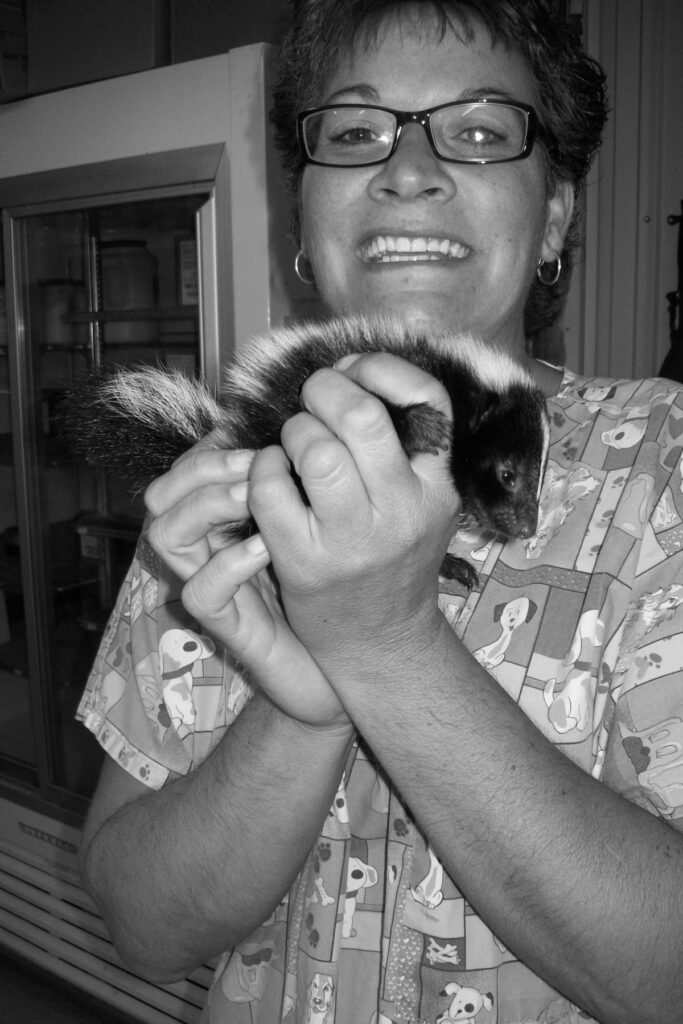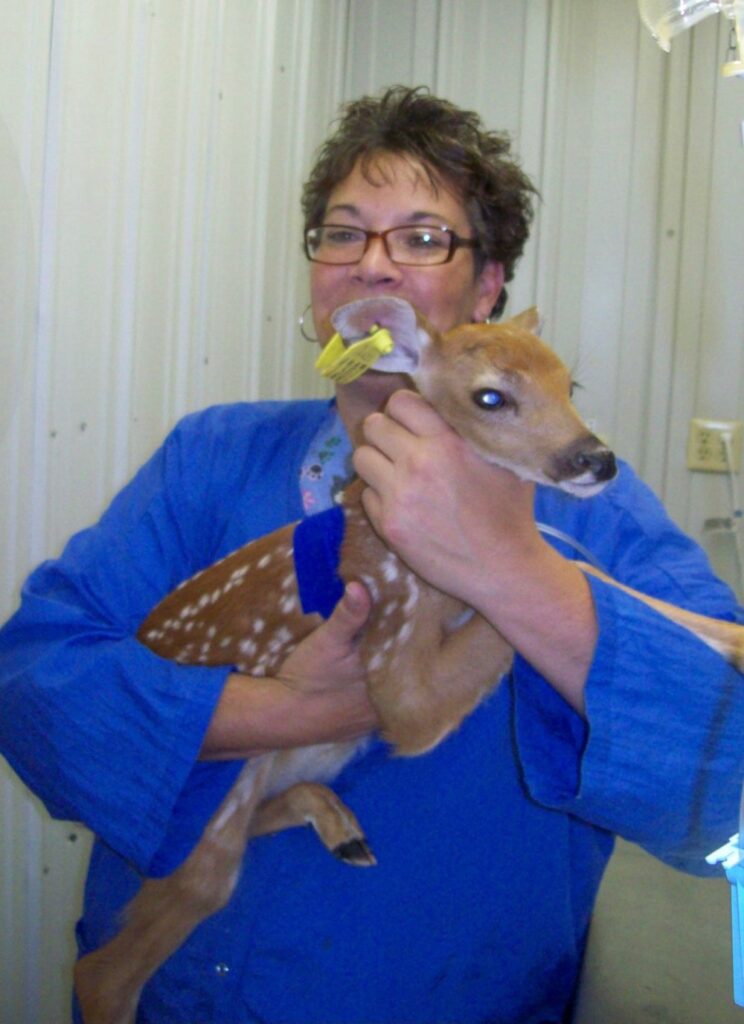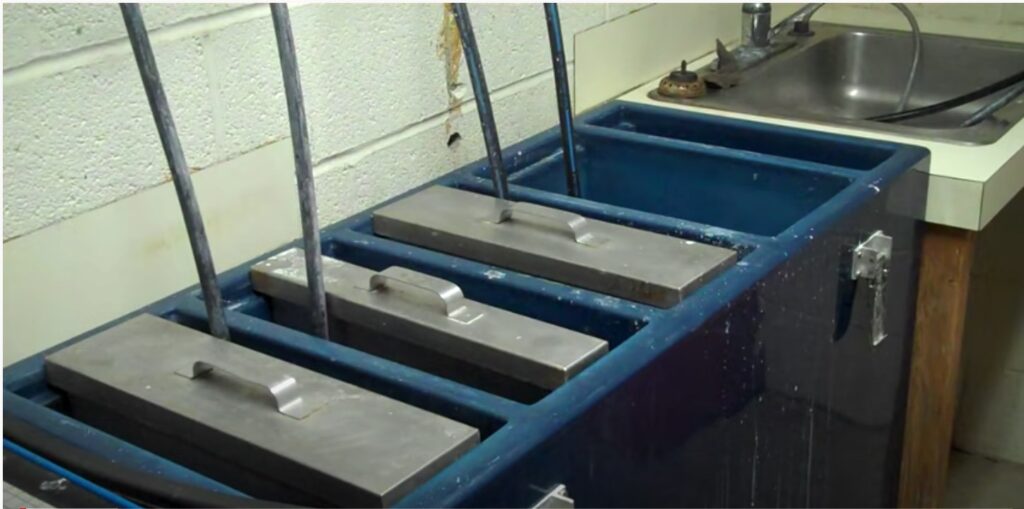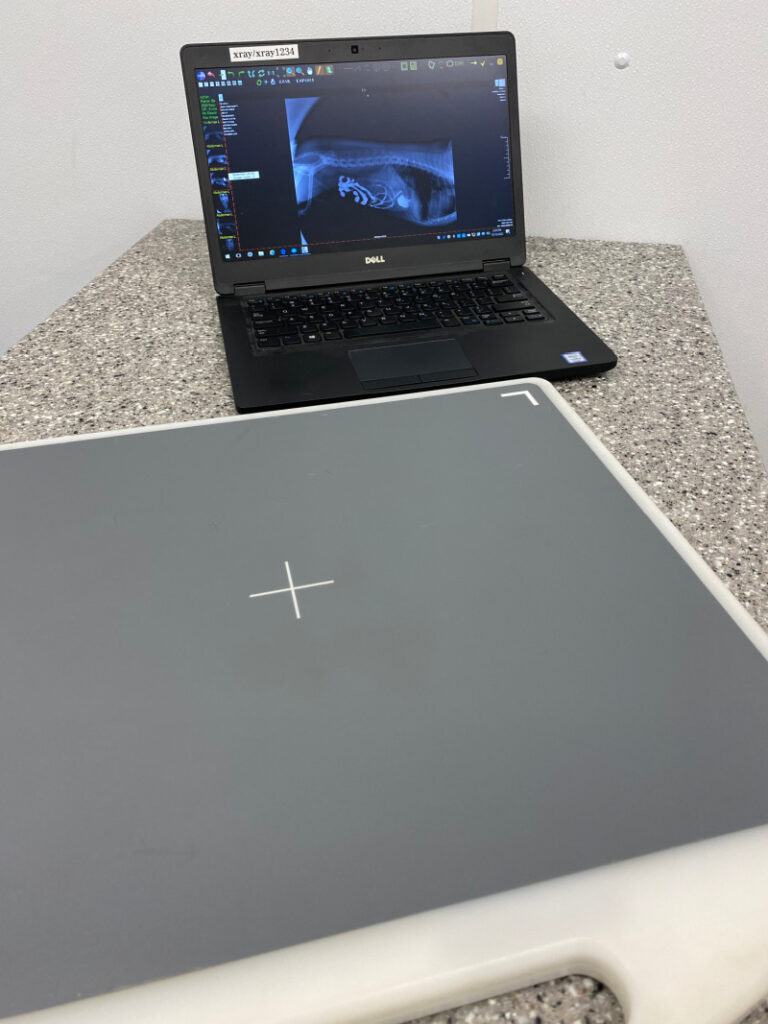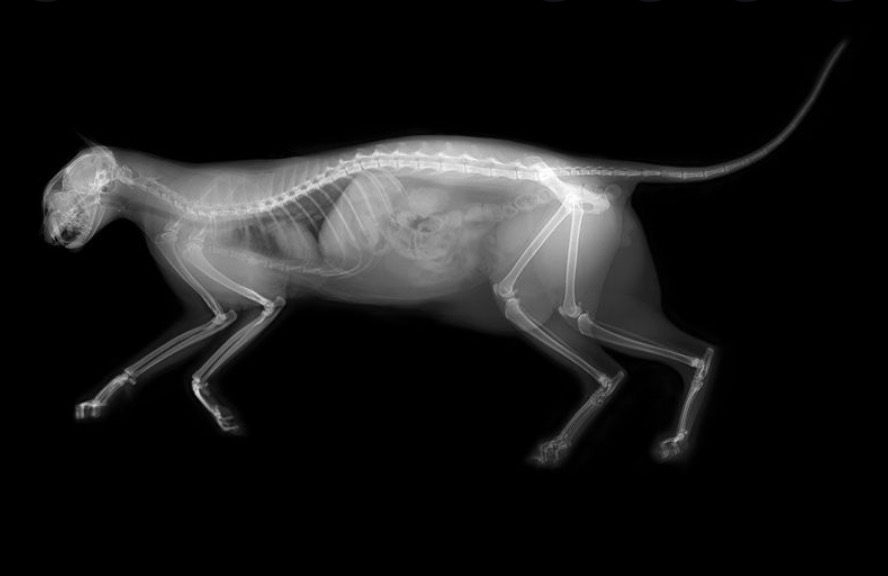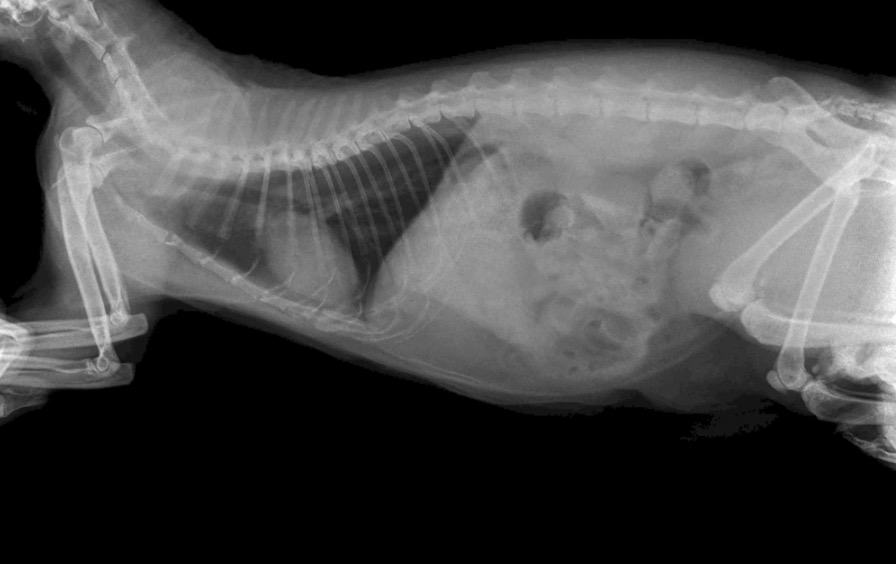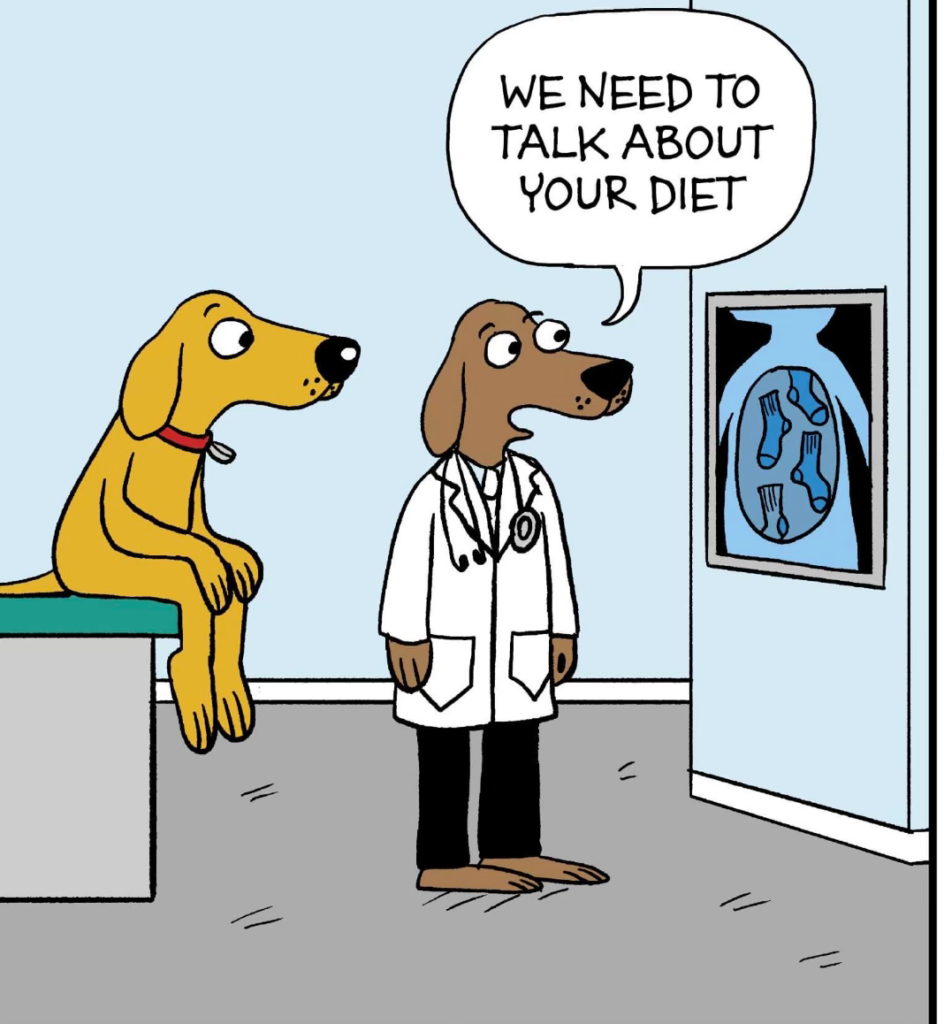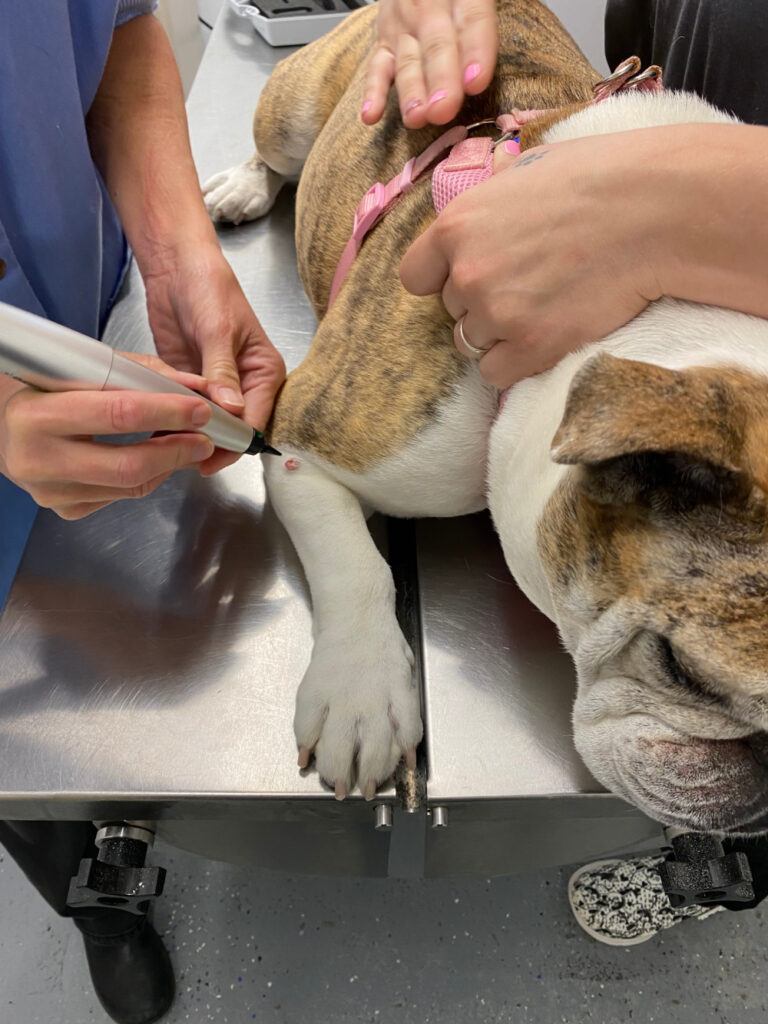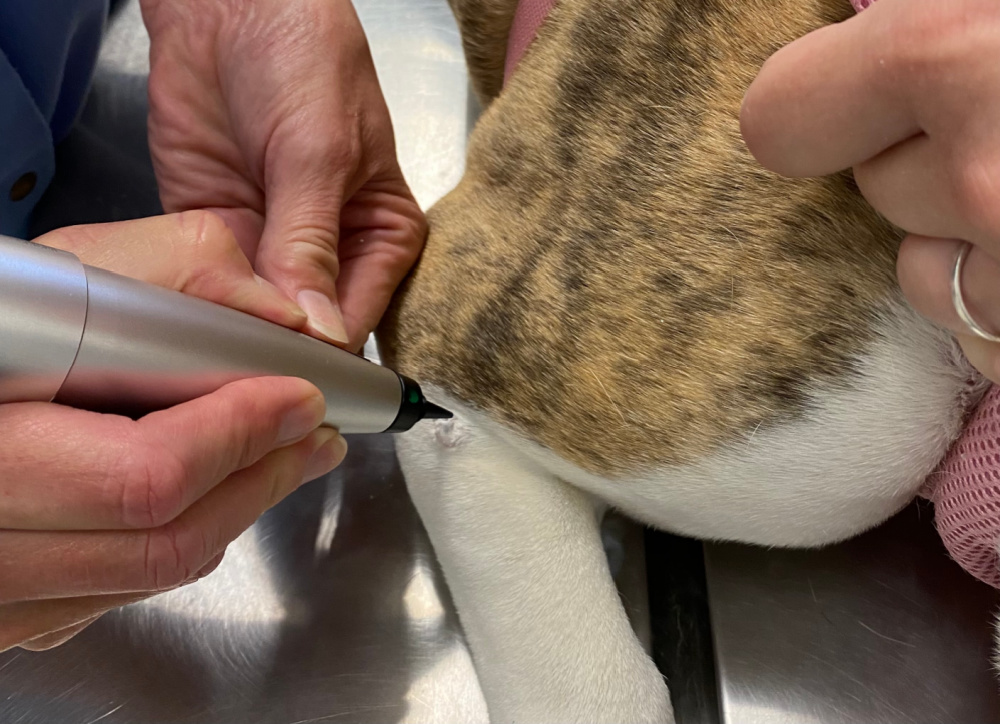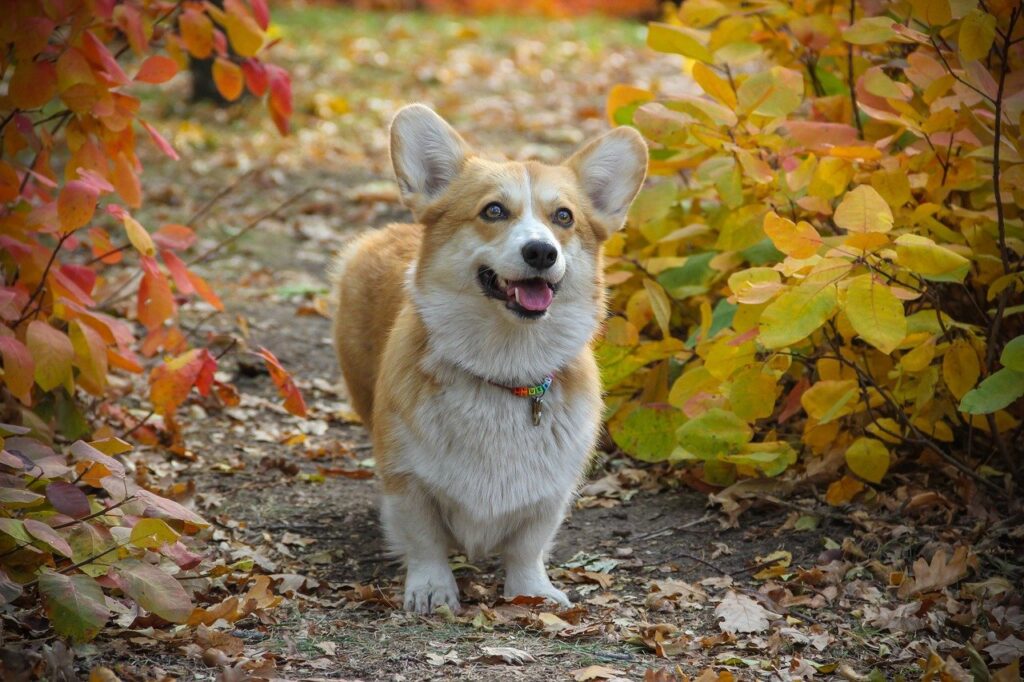Platinum Year for Stephanie
November 2002 was the month Stephanie began working at Winterset Veterinary Center(WVC). She had been working at a bank in her prior years. They moved out in the country by Winterset as a young family. She had 2 young children who were in school. At that time Dr Ken Henrichsen and Dr. Jim Pottebaum were the two owners of the clinic. Stephanie was good with numbers and customer service. She was a willing worker for whatever task was needed and quickly became efficient at all tasks within WVC.
I was looking up the symbol of 20 years and discovered it was platinum. Platinum has become popular and its traits are to be admired as a “noble metal”.
A noble metal is a precious metal that is resistant to corrosion and oxidation in moist air. It is in the class with gold and silver, the same metals used in fine jewelry. Platinum will not tarnish and yet is soft and malleable which makes it easy to shape. It is unreactive and can change shape without losing its toughness. I see Stephanie in this light. She has shown her soft side to many over the years during times of loss or tragedy. Many customers have felt heard and understood when sharing situations. She has become as important at the clinic as Dr. Jim and myself because she anticipates our needs but also those of the clients and other staff. She can be tough when needed and is slow to show her frustration in many stressful daily situations. I have fully relied on her and when she is gone, I definitely feel her absence. We laugh that it is good job security when one is missed during vacation.
Stephanie has a daughter Ashlyn and son AJ who are the same age as my 2 oldest Jaclyn and JD. We now each have a granddaughter and share many fun stories of our “Yaya” and “NeNe” time. We both live on acreages outside of Winterset and see our husbands as our best friends. We love to travel to warm sunny places and eat great food while sipping fruity cocktails. As you might notice we have lots in common besides working at WVC.
I decided to honor Stephanie with this blog and share some fun photos taken over the last many years. She always loves to have her picture taken with the unique critters that come into the clinic. We have had many fun staff photos over the years that I posted in August when I wrote my blog about my 15 years at WVC. The following photos are just a few of the interesting critters that came into WVC for some reason or another. Of course if you want photos through the last 15 years — go look at the August blog from 2022.
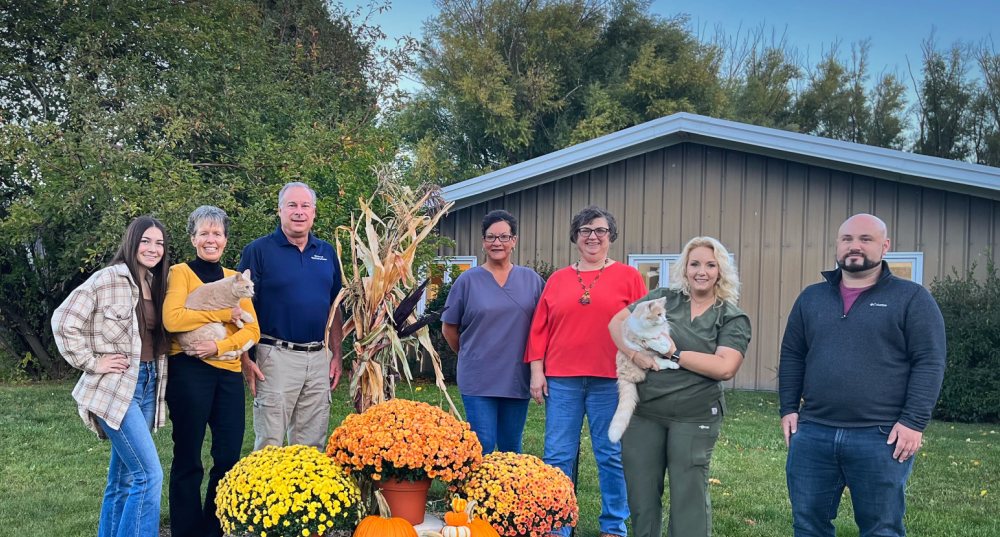
On Wednesday, November 30th, we plan to celebrate Stephanie’s 20 years with WVC. Please stop in anytime during our regular business hours 7:30-5:30 to congratulate her. She is not retiring — that would be terrible for all of us — we just feel the need to recognize her many years of service. If you cannot stop by but want to congratulate her – feel free to send us an email or drop a comment on Facebook for her to see. Our email address is wintersetveterinarycenter@gmail.com. Facebook is Hemingway Winterset or Winterset Veterinary Center.
A few clients have sent us messages and I want to share a few words from them.
“Steph has such a compassionate heart towards animals and is so good at what she does. Her smile and laugh are contagious.”
“Steph has seen me through some very difficult circumstances over the years with my fur babies, as well as enjoying my “ newest additions too…always professional, caring, and empathetic.” “I’ve always felt like she listened to me and helped me make the best decisions for my furry family. When calling the clinic you can hear it in her voice she loves what she does.”
You have always given our animals the BEST of care and attention. You care, really care, each time we walk through the doors.”
As you can see, it is not just the staff at WVC that appreciate Stephanie. The gratitude we have for all she has contributed over the years could never be expressed in the words of this blog. The appreciation I have for not only her professionalism but more importantly her friendship runs deep. CONGRATULATIONS STEPHANIE ON 20 YEARS OF SERVICE AT WINTERSET VETERINARY CENTER.
